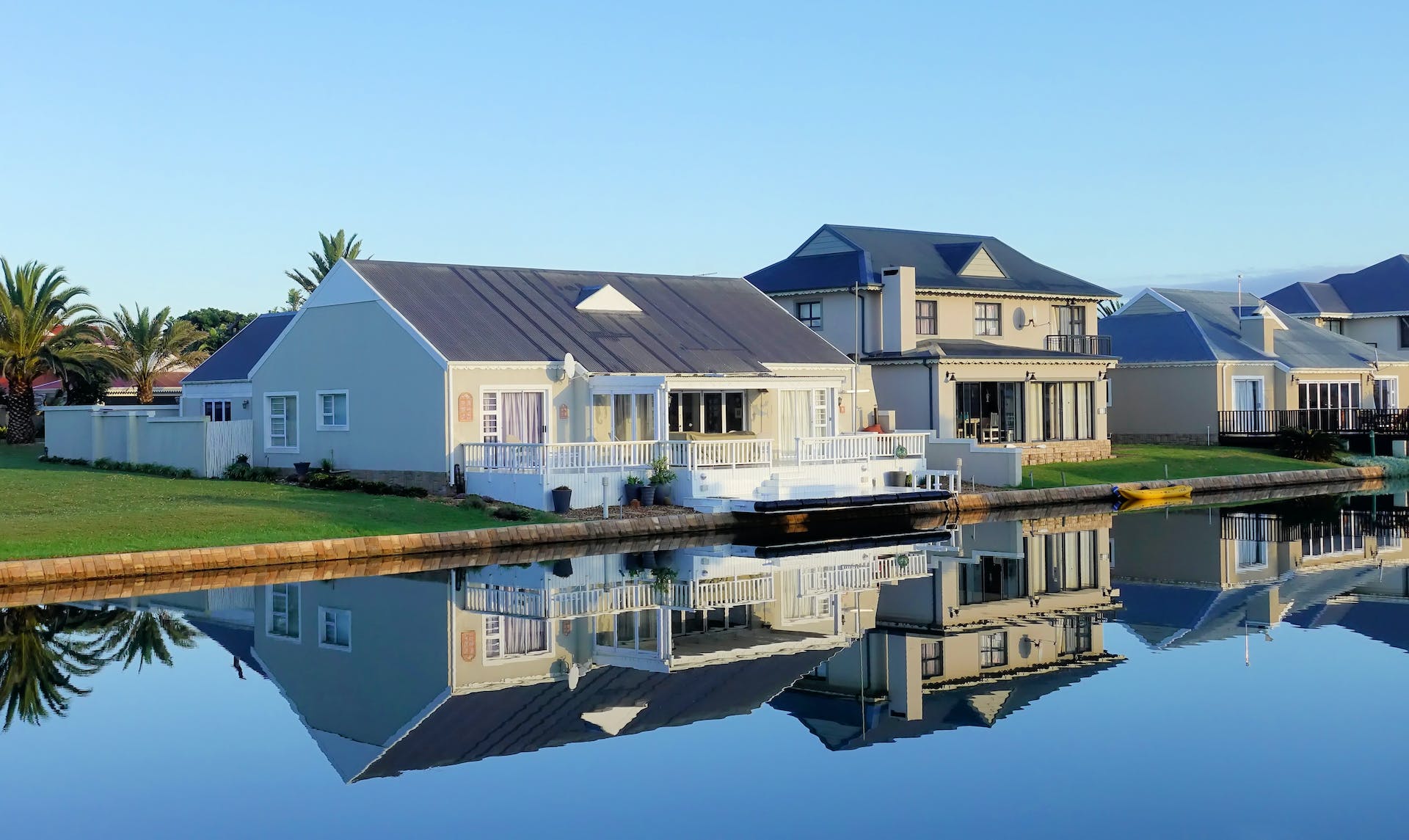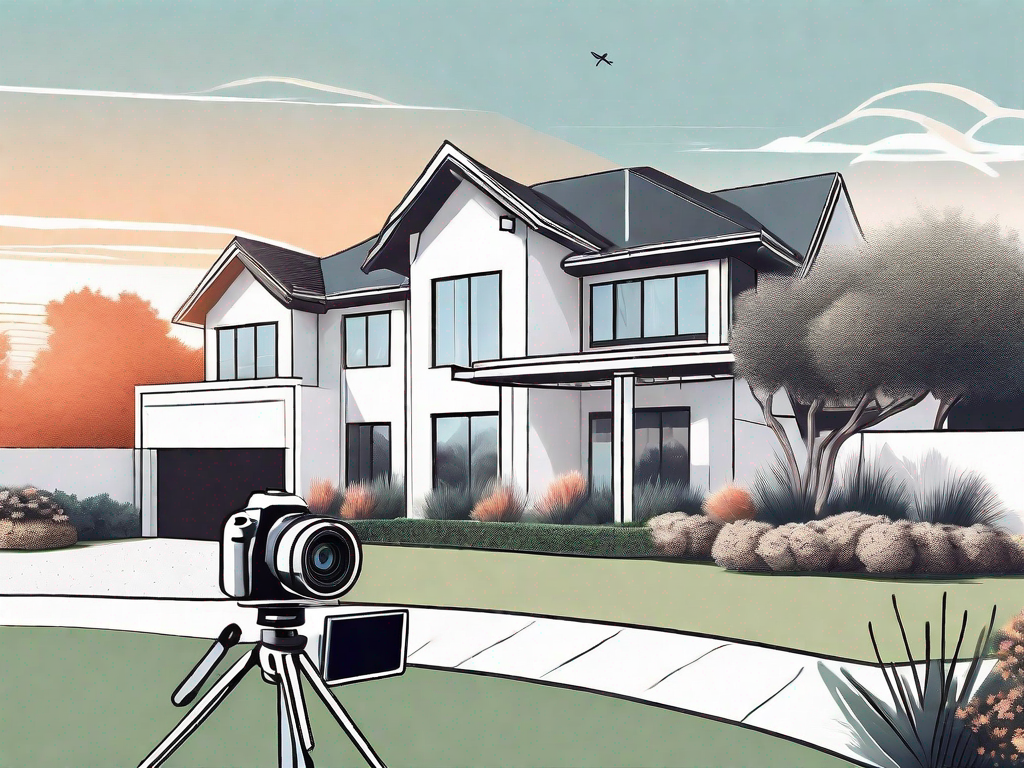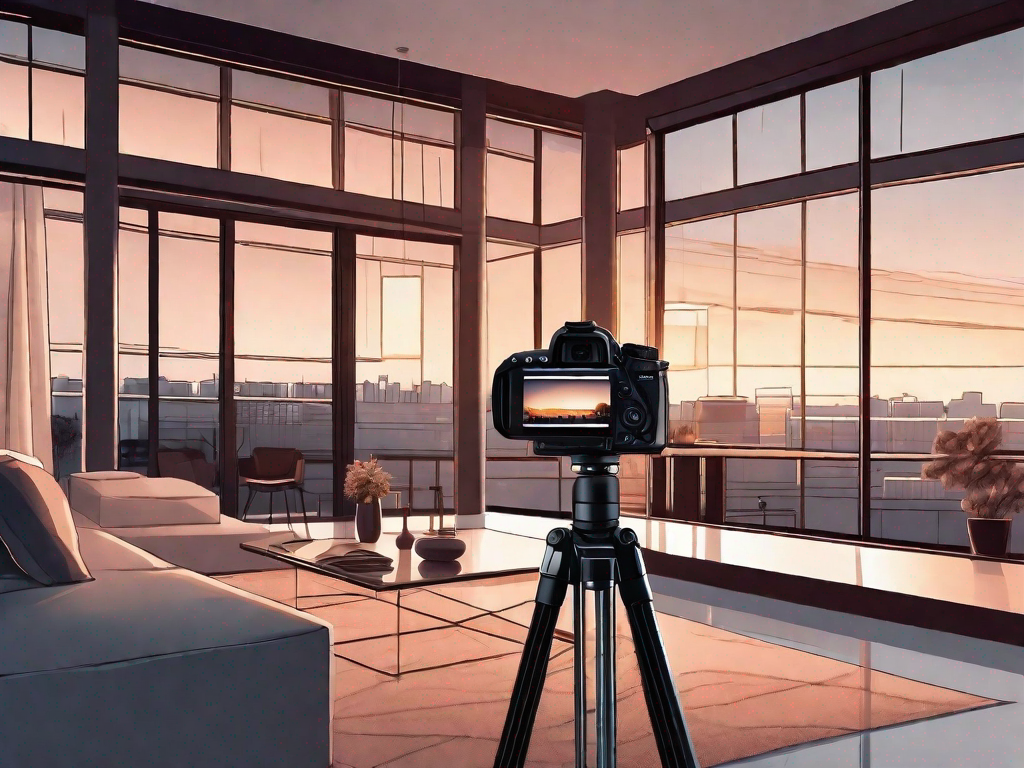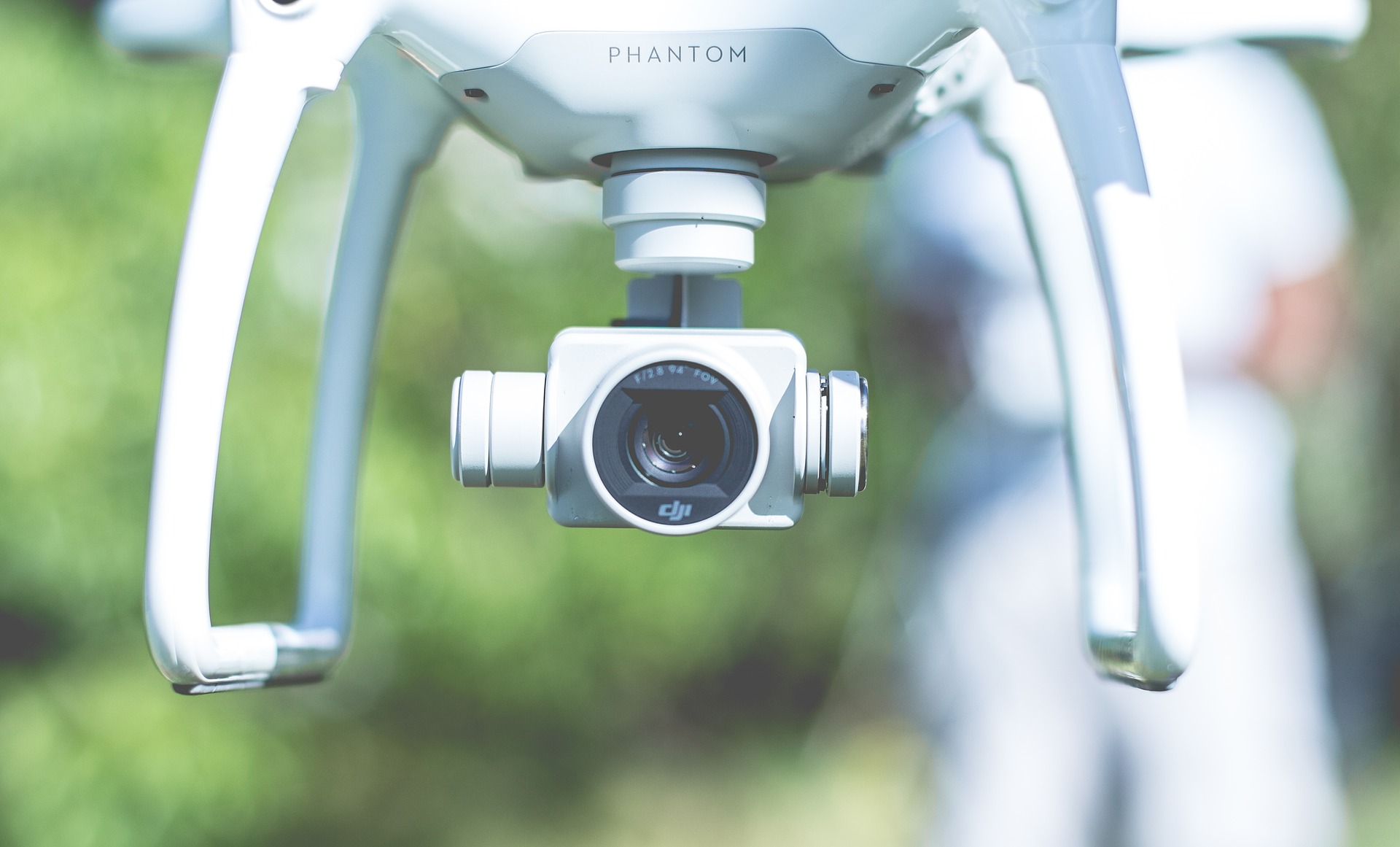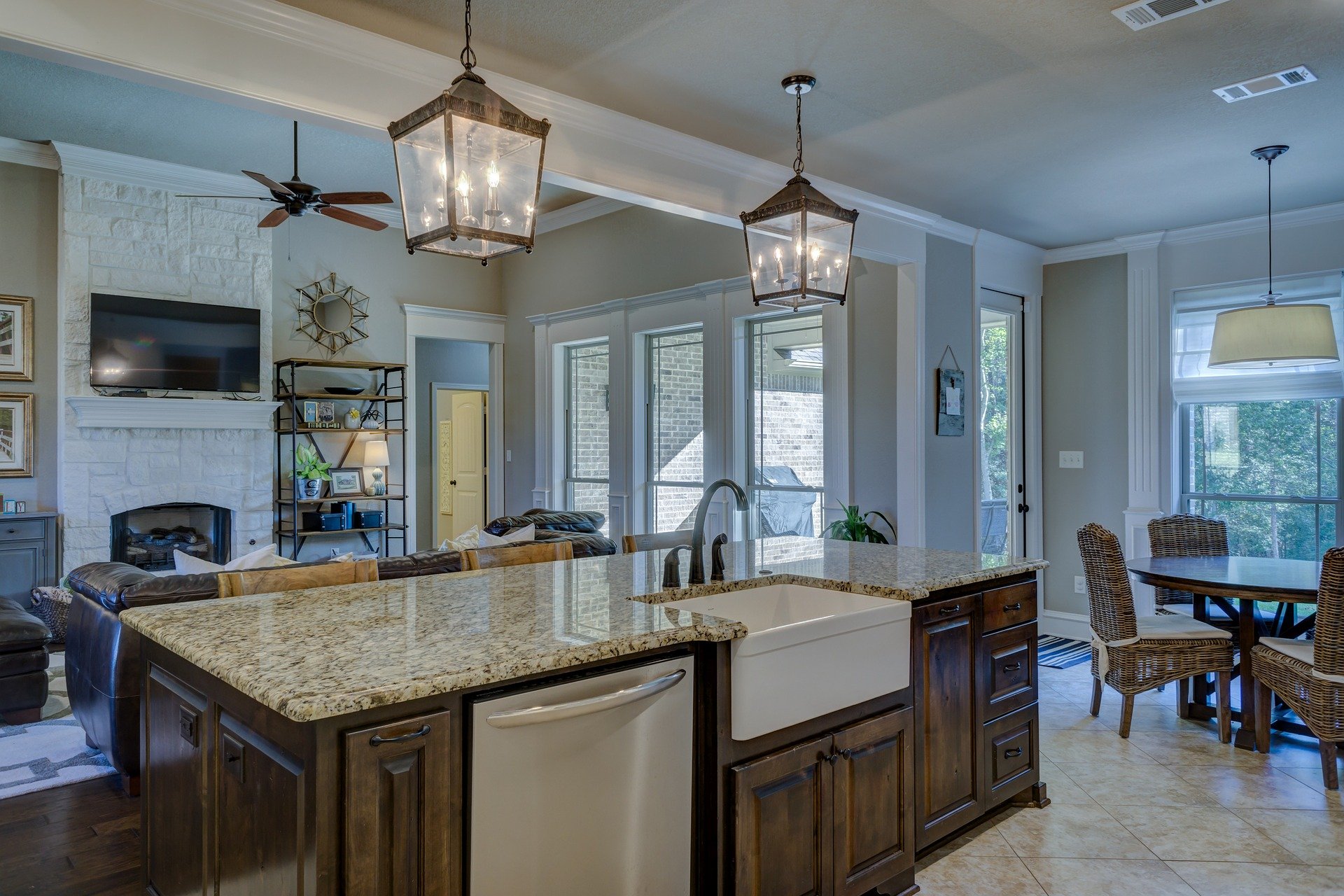In the competitive real estate market, high-quality photography can make all the difference when it comes to selling properties quickly and at a favorable price. No longer just a luxury, professional real estate photography has become an essential tool for both agents and homeowners alike. If you’re looking to find the best local real estate photographers in your area, this article aims to guide you through the process. Whether you’re a seller or an agent, understanding the importance of real estate photography is the first step towards successful property marketing.
Understanding the Importance of Real Estate Photography
When it comes to selling a property, first impressions matter. In today’s digital age, potential buyers will likely encounter your property online before seeing it in person. This is where professional real estate photography plays a crucial role.
Studies show that listings with high-quality photos receive significantly more online views and tend to sell faster than those without. In fact, professional photos can increase a listing’s viewings by up to 61%. Furthermore, properties showcased with professional photography often sell for higher prices compared to those with amateur or low-quality photos.
But what exactly is it about professional real estate photography that makes such a difference?
The Role of Professional Photography in Real Estate
Professional real estate photographers have the skills and expertise to capture a property in its best light. They understand the importance of composition, lighting, and angles to present the property in its most appealing way.
By highlighting the property’s unique features and creating visually stunning images, professional photographers draw in potential buyers and generate interest. They showcase the property’s best attributes, whether it’s the breathtaking view from the balcony, the inviting pool area, or the beautifully designed interior.
But it’s not just about making the property look good; it’s about creating an emotional connection with potential buyers.
How Quality Photos Can Boost Property Sales
High-quality photos not only attract more potential buyers but also help create an emotional connection. When people can envision themselves living in a property, they are more likely to make an offer.
Professional real estate photography goes beyond just capturing the physical aspects of a property. It aims to tell a story and evoke emotions. By capturing the essence of a home, professional photographers can make potential buyers feel a sense of belonging and desire to make the property their own.
Moreover, professional real estate photography can also save time and streamline the selling process. By providing an accurate representation of the property through photos, potential buyers can get a good sense of the space and layout without the need for physical visits. This reduces the number of showings to only serious buyers, saving both the seller and the agent valuable time.
Additionally, high-quality photos can also attract more attention from real estate agents and brokers. When agents see well-captured images of a property, they are more likely to include it in their marketing efforts and recommend it to their clients. This can significantly increase the exposure of the property and attract a larger pool of potential buyers.
In conclusion, professional real estate photography is an essential tool for selling a property in today’s competitive market. It not only enhances the online presence of a listing but also creates a lasting impression on potential buyers. By investing in professional photography, sellers can increase their chances of attracting more buyers, selling their property faster, and achieving a higher sale price.
Criteria for Choosing a Real Estate Photographer

Now that you understand the significance of real estate photography, it’s important to know how to choose the best photographer for your needs. Consider the following criteria when evaluating potential photographers:
Evaluating a Photographer’s Portfolio
A photographer’s portfolio is a valuable tool in assessing their skills and expertise. Look for consistency, attention to detail, and their ability to showcase the property’s best features. Review their past work and pay attention to the composition, lighting, and overall quality of the photos.
When evaluating a photographer’s portfolio, it’s not just about the technical aspects of the photographs. Take note of how the photographer captures the atmosphere and mood of the properties. A skilled real estate photographer can make a small apartment feel cozy and inviting, while also making a grand estate appear elegant and luxurious.
Furthermore, consider the variety of properties they have captured. A great real estate photographer should be able to adapt their style to different types of properties, whether it’s a cozy studio apartment or a sprawling countryside estate. Look for versatility in their portfolio, as it demonstrates their ability to cater to different clients and property types.
Importance of Specialization in Real Estate Photography
While there are many talented photographers out there, it’s crucial to choose one who specializes in real estate photography. Real estate photography requires specific skills and knowledge to capture the essence of a property effectively. A photographer who understands how to showcase a property’s strengths and capture its unique selling points will greatly benefit your marketing efforts.
When interviewing potential photographers, ask them about their experience in the real estate industry. A photographer with a background in real estate will have a better understanding of the industry’s needs and expectations. They will know how to highlight the features that potential buyers or renters are looking for, whether it’s a spacious kitchen, a stunning view, or a beautifully landscaped backyard.
Furthermore, inquire about their knowledge of the local market. A photographer who is familiar with the area will have insights into what buyers or renters are looking for in that specific location. They will know how to capture the essence of the neighborhood and highlight its unique selling points.
Lastly, discuss their understanding of current trends in property marketing. The real estate industry is constantly evolving, and it’s important to work with a photographer who stays up-to-date with the latest techniques and styles. They should be able to offer innovative ideas and suggestions to make your property stand out in a competitive market.
Top Local Real Estate Photographers
Now that you know what to look for when choosing a real estate photographer, let’s highlight some of the top local photographers in your area. These professionals have consistently demonstrated their expertise in capturing stunning property photos and have received rave reviews from satisfied clients.
Highlighting the Best Photographers in the Area
1. HD Estates: With their keen eye for detail and ability to create captivating compositions, HD Estates has become a trusted name in real estate photography. Their portfolio showcases a diverse range of properties, from cozy urban apartments to luxurious waterfront villas.
2. Aaron of HD Estates: Aaron is known for his exceptional ability to capture the essence of a property. Their meticulous attention to lighting and composition results in visually striking photos that grab the viewer’s attention. From commercial spaces to residential properties, they bring out the best in every subject.
What Sets These Photographers Apart
What sets these photographers apart is not just their technical skills but also their commitment to understanding their clients’ unique needs. They strive to establish a collaborative relationship, ensuring that your vision is brought to life through their lens. Their exceptional customer service and dedication to exceeding expectations result in remarkable photos that resonate with potential buyers.
Tips for Working with a Real Estate Photographer
Now that you’ve chosen a top local real estate photographer, here are some tips to ensure a successful collaboration:
Preparing Your Property for a Photo Shoot
Prior to the photo shoot, make sure your property is in its best possible condition. Clean and declutter each room, remove personal items, and consider staging the space. Maximizing the property’s appeal through proper preparation will result in more compelling photos.
Communicating Your Vision to the Photographer
Articulate your vision clearly to the photographer. Discuss the desired mood, angles, and key features you’d like to emphasize. Sharing your insights and expectations will help the photographer capture your property in a way that aligns with your marketing goals.
Investing in Professional Real Estate Photography
Investing in professional real estate photography is a wise decision that can yield significant benefits. Let’s explore the long-term advantages and the cost versus benefit analysis:
Cost vs. Benefit Analysis
While professional photography may require an upfront investment, the return on investment is often substantial. Properties showcased with high-quality photos tend to sell faster and for higher prices, offsetting the photography costs.
Furthermore, the positive impact of professional photography extends beyond the current listing. As a real estate agent, having a portfolio of visually stunning properties can attract more clients and establish your reputation as a top professional in your area.
Long-Term Benefits of High-Quality Property Photos
High-quality property photos can be used for future marketing efforts, including social media campaigns, brochures, and digital advertisements. By investing in professional photography, you are not only enhancing the current listing but also building a valuable visual asset that can be utilized for years to come.
In conclusion, when it comes to selling properties, professional real estate photography is a game-changer. By understanding the importance of high-quality photos and choosing the best local photographers, you can significantly improve your chances of success in the real estate market. Remember to communicate your vision, prepare your property for a photo shoot, and consider the long-term benefits of investing in professional photography. With these insights, you’ll be well-equipped to make informed decisions and showcase your property in its best possible light.
